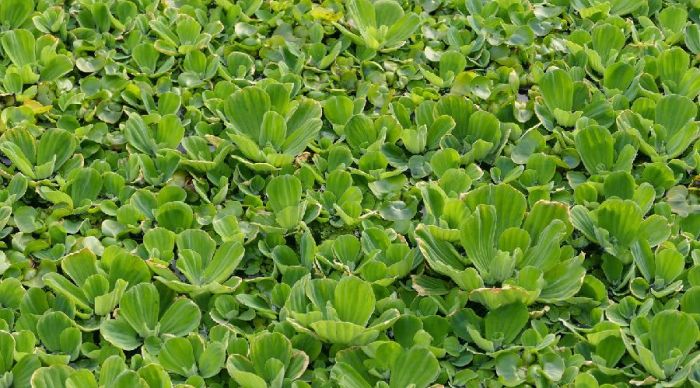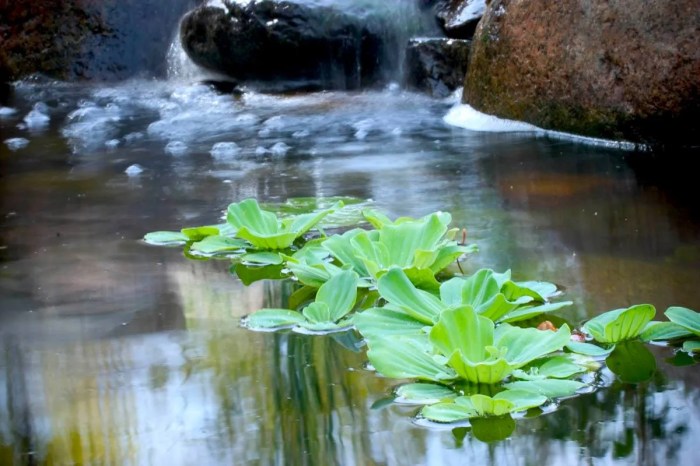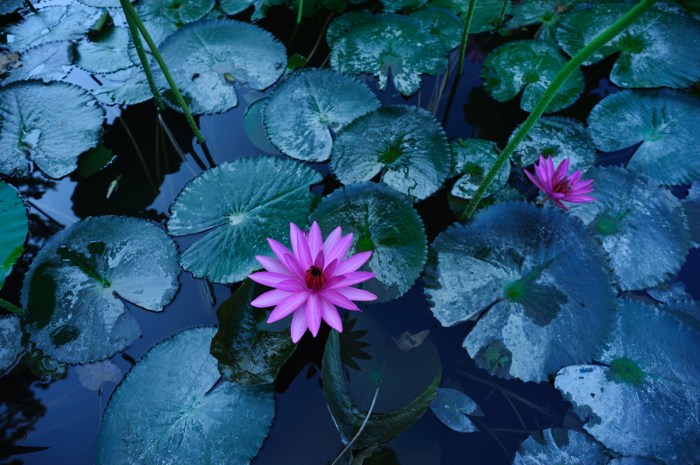Can You Use Pond Water to Water Plants?
Using Pond Water to Water Plants: Benefits, Risks, and Best Practices
Can you use pond water to water plants – The idea of using pond water to irrigate plants might seem unconventional, but it holds both potential advantages and drawbacks. This article explores the benefits and risks associated with using pond water for plant irrigation, offering guidance on safe and effective practices.
Potential Benefits of Using Pond Water
Pond water, unlike treated tap water, often contains a range of naturally occurring nutrients beneficial to plant growth. These include nitrates, phosphates, and various micronutrients derived from decaying organic matter and microorganisms within the pond ecosystem. However, the nutrient content varies significantly depending on the pond’s characteristics and surrounding environment.
Compared to tap water, which is typically nutrient-poor, and rainwater, which is relatively low in nutrients except after storms, pond water can offer a natural fertilizer source. The concentration of these nutrients, however, is not always consistent and can fluctuate greatly depending on the pond’s condition.
The type of pond significantly impacts water quality. Stagnant ponds tend to accumulate more sediments, algae, and potentially harmful substances. Flowing ponds, on the other hand, generally have better oxygen levels and less accumulation of organic matter, resulting in cleaner water more suitable for plant irrigation. The presence of aquatic plants within the pond can also contribute to improved water quality by absorbing nutrients and filtering out pollutants.
| Plant Type | Pond Water Benefit | Pond Water Risk | Overall Recommendation |
|---|---|---|---|
| Water-loving plants (e.g., water lilies, papyrus) | Abundant nutrients, natural habitat-like conditions | Potential for excessive algae or pathogens | Generally suitable with careful monitoring |
| Vegetables (e.g., tomatoes, lettuce) | Supplemental nutrients | Risk of contamination; requires thorough treatment | Not recommended unless pond water is rigorously treated |
| Flowering plants (e.g., roses, petunias) | Potential nutrient boost | Risk of disease transmission; requires careful dilution | Conditional; use diluted and treated pond water |
| Trees and shrubs | Reduced need for chemical fertilizers | Potential for soil contamination; requires cautious application | Use with caution and only on established plants |
Potential Risks and Drawbacks, Can you use pond water to water plants

Source: buildyouraquarium.com
While pond water offers potential benefits, it also presents significant risks. Untreated pond water may contain various contaminants harmful to plants, including pathogens, pesticides, herbicides, heavy metals, and excessive amounts of salts or minerals. These contaminants can negatively impact plant health, leading to stunted growth, disease, and even death.
Using untreated pond water increases the risk of introducing plant diseases and pests into your garden. Many waterborne pathogens and insects can thrive in stagnant pond water, easily spreading to plants through irrigation. The presence of algae can also smother plants, blocking sunlight and inhibiting their ability to photosynthesize.
High levels of algae and sediment can clog plant roots, preventing proper water and nutrient uptake. Excessive sediment can also alter soil structure, impacting drainage and aeration. Therefore, careful assessment of the pond water’s quality is crucial before using it for irrigation.
To assess pond water safety, visually inspect the water for excessive algae, sediment, or unusual discoloration. A simple water test kit can measure pH levels, nutrient concentrations, and the presence of harmful contaminants. If unsure, it’s best to avoid using the water directly on plants.
Water Treatment and Preparation Methods

Source: aquascapeinc.com
Several methods can improve the safety of pond water for plant irrigation. Filtering the water through a coarse mesh or cloth removes larger debris and sediments. This simple step significantly reduces the risk of clogging irrigation systems and damaging plant roots.
Treating pond water to reduce harmful contaminants involves several approaches. Allowing the water to sit for a few days allows some sediments to settle. You can also consider using a UV sterilizer to kill bacteria and other microorganisms. Boiling the water before use is another effective method for eliminating many harmful pathogens.
Diluting pond water with cleaner water sources, such as tap water or rainwater, is a crucial step in minimizing risks. The dilution ratio depends on the pond water’s quality; a 1:1 ratio or even greater dilution might be necessary for heavily contaminated water. Always test the diluted water before applying it to your plants.
A step-by-step guide for preparing pond water for plant watering might include: 1) Filtering out large debris; 2) Allowing the water to settle; 3) Diluting with clean water; 4) Testing the water quality; 5) Applying the treated water to plants.
While pond water might seem like a readily available option, its suitability for watering plants depends on its cleanliness. Using untreated pond water carries risks of introducing diseases or pests. This contrasts with the more controlled environment of propagating plants, such as the method detailed in this article on can you propagate tomato plants in water , where water quality is a crucial factor.
Therefore, for most plants, using clean, filtered water is generally recommended over pond water.
Plant Types Suitable for Pond Water
Certain plant species are more tolerant to variations in water quality and nutrient levels than others. Water-loving plants, such as water lilies and papyrus, often thrive in nutrient-rich pond water, while others may show reduced growth or susceptibility to diseases. Direct comparison of plant growth with pond water versus tap water requires controlled experiments.
A simple experiment could involve planting identical seedlings of a chosen plant species in separate pots, watering one group with treated pond water and the other with tap water. Monitor growth parameters like height, leaf area, and overall health over several weeks to compare the effects of the different water sources.
- Plants that thrive with pond water (with proper treatment): Water lilies, papyrus, cattails, many aquatic ferns
- Plants to avoid using pond water on: Sensitive vegetables, delicate flowering plants (unless water is thoroughly treated and diluted)
Visual Representation of Pond Water’s Impact

Source: apnursery.com
A microscopic view of healthy pond water would reveal a diverse community of microorganisms, including algae, bacteria, protozoa, and various invertebrates. These organisms contribute to nutrient cycling and decomposition. Nutrients like nitrates and phosphates would be visibly present, although not directly observable without specialized techniques.
Healthy pond water suitable for plants appears relatively clear, with minimal sediment and a balanced ecosystem of microorganisms. Contaminated pond water might appear murky, discolored, or have a foul odor, indicating the presence of excessive algae, pollutants, or pathogens. The water may also exhibit a slimy texture.
Healthy plant roots exposed to properly treated pond water would appear robust, with numerous root hairs and healthy coloration. In contrast, roots exposed to untreated or contaminated pond water might show signs of damage, such as discoloration, root rot, or stunted growth. The roots may be less developed and exhibit signs of decay.
Commonly Asked Questions: Can You Use Pond Water To Water Plants
How often should I test my pond water before using it on plants?
Regular testing, ideally before each use, is recommended, especially if the pond water shows signs of algae blooms or other changes.
What are the signs of unhealthy pond water unsuitable for plants?
Unhealthy pond water may exhibit foul odors, excessive algae growth, cloudy appearance, or the presence of dead organisms.
Can I use pond water on all types of plants?
No, some plants are more sensitive to variations in water quality than others. It’s best to research the specific needs of your plants.
What if I only have a small amount of pond water?
Dilute the pond water with clean water to reduce the risk of introducing harmful contaminants to your plants.




















